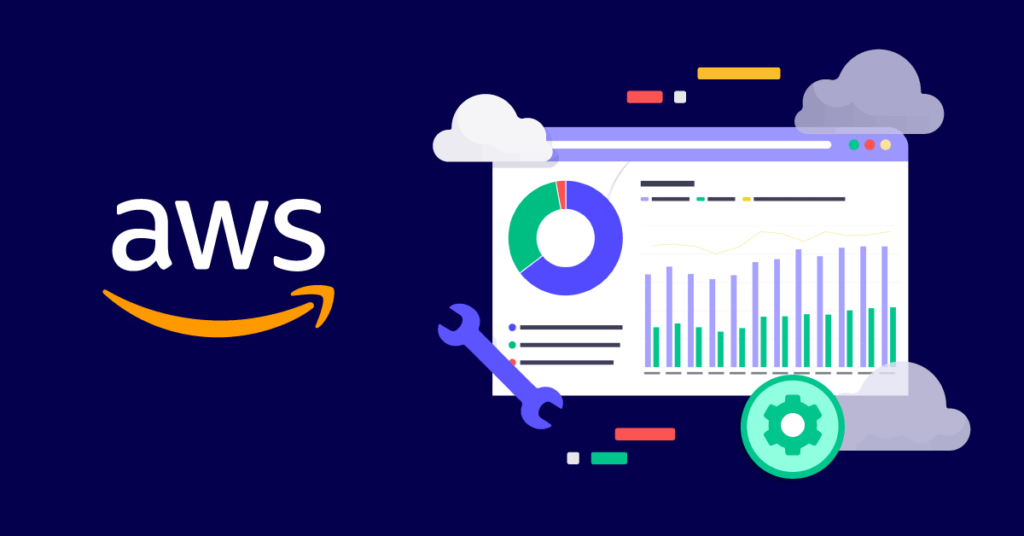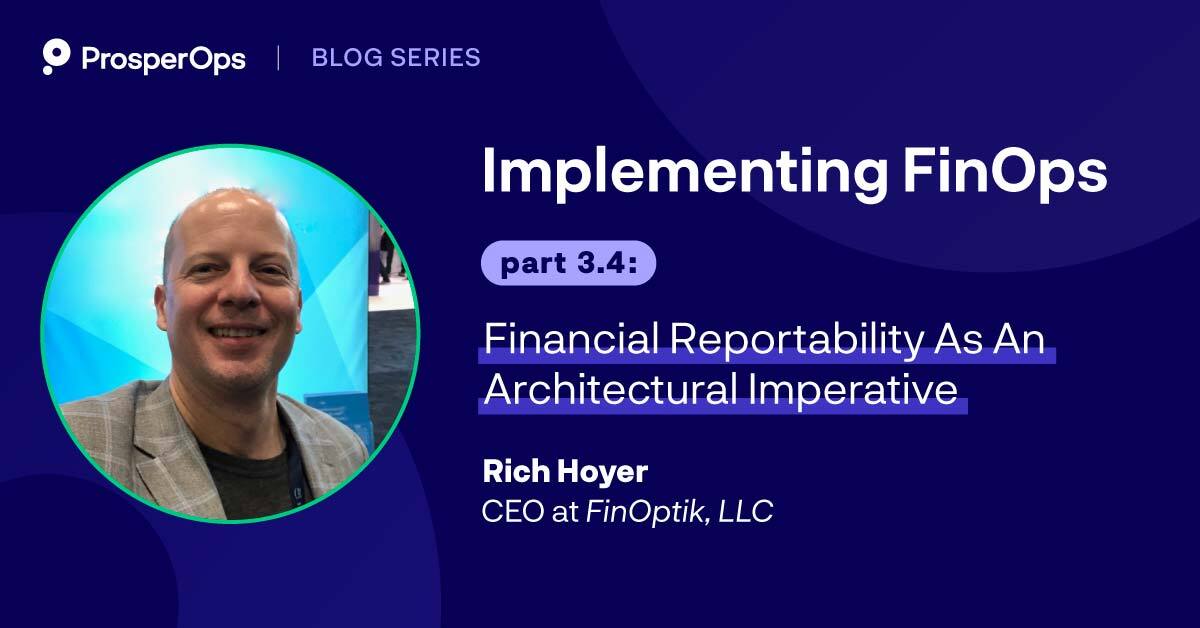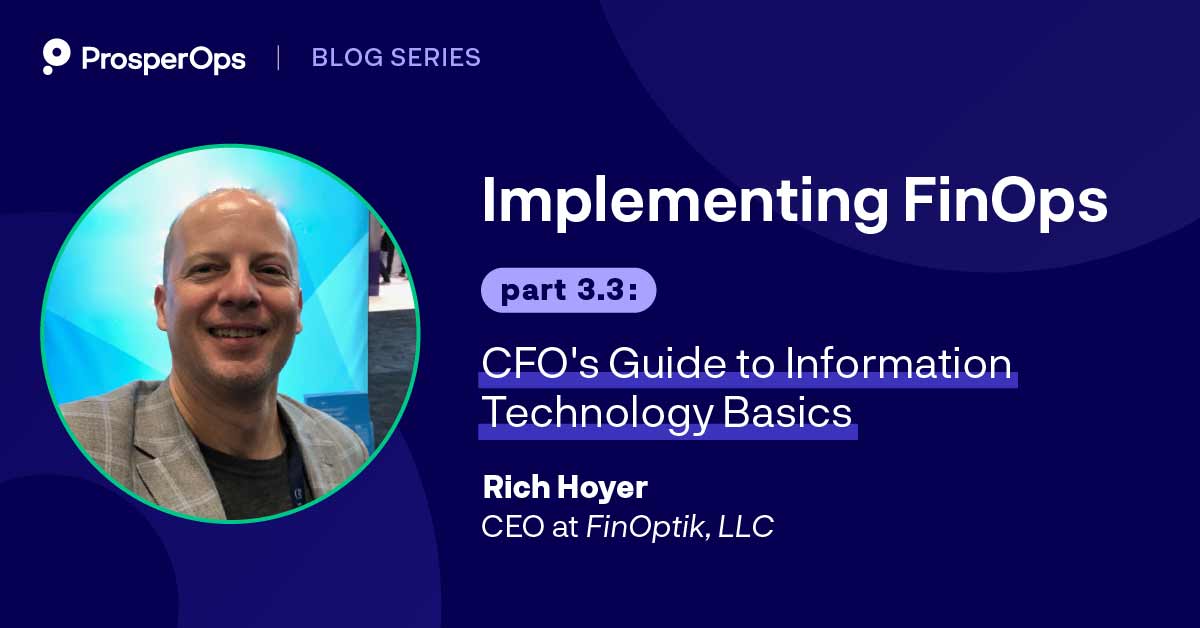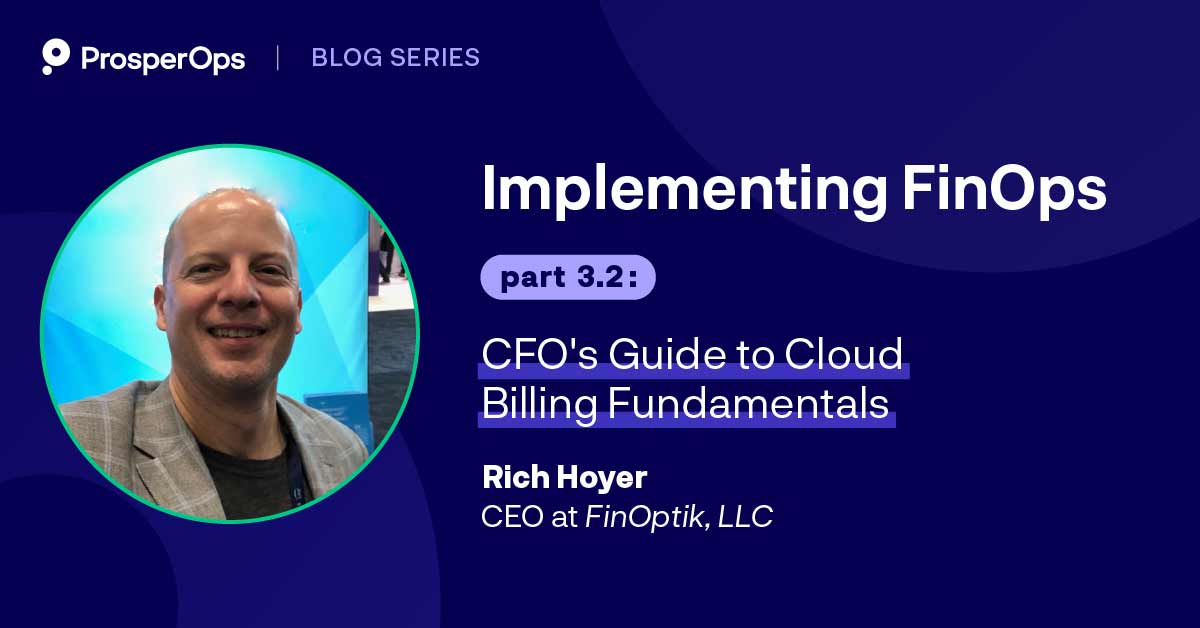If you want to optimize your cloud spend, you need the right cloud cost management tools. Luckily, many FinOps tools can help companies improve their cloud cost optimization.
Below, we’ll highlight six leading FinOps solutions and examine how they can help you streamline and automate your cloud FinOps.
What is the main benefit of using FinOps software?
FinOps software provides better visibility into your company’s cloud usage, giving you the data you need to make effective, cost-saving decisions.
FinOps software gives you access to a ton of valuable data at your fingertips and ensures it’s easy to visualize and interpret. This allows companies to make decisions driven by real-time data. It also facilitates smooth and efficient collaboration between teams for better financial governance.
Common features found in FinOps software
Though FinOps tools come in different shapes and sizes, they share a few common functionalities, including:
Cost visibility
FinOps tools provide real-time insights into your company’s cloud spend across different services, projects, teams, and regions—and present all of this data via customizable reports and dashboards.
FinOps tools make it easy for companies to track their expenditures, identify trends, and understand the distribution of costs. This transparency and cost visibility helps companies improve their decision-making and resource allocation, and discover new opportunities for cost optimization.
Optimization recommendations
By analyzing usage patterns, resource configurations, and historical data, FinOps tools can offer actionable suggestions for improving cost efficiency.
From recommendations for right-sizing instances to recommendations for when to use Reserved Instances over On-Demand pricing models, FinOps tools provide helpful guidance on optimizing your cloud resources, configurations, and workloads for better business value.
Unit metrics
Unit metrics involve breaking down cloud costs into easy-to-understand KPIs, such as cost per user, cost per transaction, or cost per application. With the right FinOps software, you can define and monitor these unit metrics for a much more granular picture of your cloud spend.
Breaking cloud spend down into unit metrics also allows companies to align cloud spending with business goals. For example, a SaaS company might choose to analyze cost-per-user to assess its app’s cost-effectiveness and identify high-cost users.
Amortization tracking
FinOps software tracks the amortization of these expenses over time, allowing companies to monitor the consumption of pre-paid resources and effectively allocate costs over their lifespan. This ensures companies can easily and accurately assess the financial impact of these upfront commitments.
Billing data from multiple cloud service providers
FinOps software can consolidate billing data from numerous cloud service providers into a single platform. This provides companies with a unified view of their cloud costs and simplifies cost management across different cloud platforms.
Detection of unusual patterns or cost increases
Many FinOps tools offer anomaly detection features to help safeguard against unexpected cost increases. These features allow you to set custom spending thresholds and set up automated notifications to alert you anytime you approach these thresholds.
This allows companies to swiftly identify unusual spending patterns so they can investigate the issue and resolve it before it significantly impacts their cloud expenses.
Showback and chargeback
FinOps software automates the showback and chargeback of cloud costs, taking the hassle out of these insightful processes. Thanks to the showback/chargeback features of FinOps tools, companies can allocate and attribute costs across different teams, projects, and departments for better financial accountability.
6 of the best FinOps software and tools
To enjoy improved financial forecasting, more effective cost-saving initiatives, better resource management, and other benefits of optimized FinOps practices, here are six tools you should strongly consider:
1. ProsperOps
By automatically optimizing how your company purchases AWS discount instruments in real time, ProsperOps helps companies realize a fully autonomous AWS cost optimization strategy that is continually fine-tuned for the best results.
ProsperOps delivers outcomes, not recommendations. This means that customers have the freedom to run whatever compute resources they desire, and ProsperOps will ensure customers pay the lowest rate for those resources by adjusting their portfolio of discount instruments in real time.
ProsperOps performs cost-saving optimizations around the clock—without manual monitoring or adjustments.
With ProsperOps, your business can optimize costs on AWS compute in a way that gives time back to your team members, reduces commitment terms and financial risk, and increases savings performance the longer you’re subscribed.
Best features
- Intuitive dashboard that provides essential FinOps insights
- Automated, 24/7 AWS cost optimization
- Easy to implement and requires no changes to your infrastructure
- Cost anomaly detection features for quickly identifying unusual spending patterns
2. CloudZero
CloudZero offers comprehensive real-time visibility into your company’s cloud costs, allowing for better cost allocation, showback, and an improved ability to discover cost-saving opportunities.
To provide complete visibility into your cloud costs and resource usage, CloudZero offers a number of powerful features. This includes cost anomaly detection, advanced reporting capabilities, customizable unit metrics, and the ability to integrate with multiple cloud providers.
Best features
- Defines and monitors unit metrics to align costs with specific business outcomes
- Provides detailed reports and customizable dashboards for visualizing and analyzing cost data
- Automates budget tracking and cost anomaly alerts
3. CloudCheckr
CloudCheckr is another FinOps solution for providing comprehensive visibility into what’s driving AWS, Microsoft Azure, and Google Cloud costs.
CloudCheckr also serves as a platform for managing businesses and regulatory risk. Using CloudCheckr, companies can maintain compliance and stay audit-ready across 35+ standards, ensuring enhanced cloud security and regulatory compliance.
Best features
- In-depth reports and customizable, interactive dashboards for visualizing and analyzing cloud costs
- Automated cost optimization recommendations and best practice checks to identify specific cost-saving opportunities
- Strong security posture with aligned SecOps, InfoSec, DevOps, and FinOps (in the same platform where you manage costs, resources, and services)
4. Centilytics
Centilytics provides numerous cloud management, cloud infrastructure, and cloud data solutions. These solutions enhance the performance, security, and cost-efficiency of cloud applications.
Centilytics excels in multi-cloud compatibility, customizable unit metrics, and detailed reporting. This allows for precise cost attribution and complete cloud cost transparency, in addition to helping you analyze and optimize the security and performance of your workloads.
Best features
- In-depth cost analysis, on-demand reports, and personalized alerts provide complete cost visibility
- 24/7 performance monitoring
- 24/7 security posture governance
5. AWS Cost Explorer
With AWS Cost Explorer, you can access an easy-to-use interface for understanding, visualizing, and managing AWS costs.
AWS Cost Explorer provides numerous tools for filtering, grouping, and visualizing AWS cost data. This tool also enables you to create cost forecasts that use historical data to project your AWS costs up to 12 months into the future.
Best features
- Cost allocation tags for easily allocating and attributing AWS costs
- Cost optimization recommendations based on your historical usage patterns
- Interactive and customizable visualizations of your AWS costs and usage
6. Densify
Densify is a cloud resource management platform designed for automatically allocating Kubernetes and cloud instances. Densify’s algorithms automatically optimize Kubernetes container requests and limits, node configurations, and scaling.
Meanwhile, for cloud instances, Densify lets you automatically select the configuration, size, type, and family for your scale groups and public cloud instances.
Best features
- Workload placement optimization
- Workload analysis features for recommending optimum configurations
- Multi-cloud support
Reduce your cloud costs with ProsperOps today
Choosing the right FinOps and AWS cost management tools is one of the biggest keys to reducing your company’s cloud costs. But for a comprehensive solution to AWS cost management, turn to ProsperOps.
With ProsperOps, companies can continually and automatically optimize their AWS resource usage for the ideal balance of performance and cost efficiency.
To see for yourself how ProsperOps empowers effortless savings on cloud costs, sign up for a free ProsperOps demo today!




